Carbon Dioxide Removal (CDR) ... To Clear the Air, Look Beneath the Waves
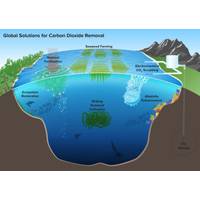
Participants at the 26th United Nations Climate Change Conference (better known as COP26) late last year in Glasgow reiterated humanity needs to accelerate change in the coming decades to limit global warming to 1.5°C (or even to the 2°C as agreed up in the Paris Agreement). Meeting this goal by 2050, the formidable deadline agreed upon across environmental sectors to prevent dooming the planet, will require more than electric cars and veganism. In addition to minimizing emissions at the source, humanity needs to remove the atmospheric…
US Awards $20 Mln for Wave and Tidal Energy Projects
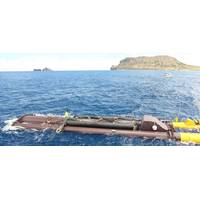
The U.S. Energy Department announced 10 organizations have been selected to receive more than $20 million in funding for new research, development and demonstration projects that advance and monitor marine and hydrokinetic (MHK) energy systems, which generate electricity from ocean waves and tidal currents. These projects will aim to improve the performance of MHK systems and advance environmental monitoring technologies that will help protect wildlife and reduce uncertainty regarding potential environmental impacts. The projects…
Ocean Warming, Oxygen Loss Putting Marine Life Under Pressure
If you want to live, you need to breathe and muster enough energy to move, find nourishment and reproduce. This basic tenet is just as valid for us human beings as it is for the animals inhabiting our oceans. Unfortunately, most marine animals will find it harder to satisfy these criteria, which are vital to their survival, in the future. That was the key message of a new study recently published in the journal Science, in which American and German biologists defined the first universal principle on the combined effects of ocean warming and oxygen loss on the productivity of marine life forms.
Women Engineers Play Key Role in Submarine Races
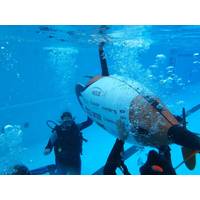
MOre than 100 young people from 11 universities from six countries on three continents gather to take part in the European International Submarine Races. The event organizers are celebrating National Women in Engineering Day by highlighting the strength the involvement of women had in teams. “Twenty percent of the participants are women, and we celebrate the complete equality of roles in the teams,” says Race Director, Prof William Megill. “Some will have taken a very active role in the design of their submarine, which will be racing against the clock fully submerged with the pilot in SCUBA gear pedaling round a grueling slalom course.
DeepWater Buoyancy Chosen for Ocean Observatories Initiative
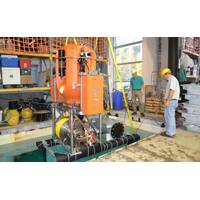
DeepWater Buoyancy has been awarded a major contract to supply flotation to the University of Washington’s Applied Physics Laboratory for the cabled observatory component of the Ocean Observatories Initiative (OOI). The OOI, a project funded by the National Science Foundation (NSF), is planned as an integrated infrastructure of science-driven platforms and sensor systems to measure physical, chemical, geological and biological properties and processes from the seafloor to the air-sea interface. The company was selected after a competitive bidding and assessment process that evaluated product performance, technical specifications and pricing.
Three NOAA scientists honored by White House
The White House yesterday awarded three NOAA scientists with Presidential Early Career Awards for Scientists and Engineers. The award is the highest honor given by the federal government to outstanding scientists and engineers in the early stages of their careers. Laboratory. The NOAA scientists are part of a group of 102 scientists from across federal agencies that received the prestigious award. “NOAA is home to some of the world’s leading scientific research and our scientists strive each day to tackle some of the biggest challenges facing our planet,” said NOAA Administrator Kathryn Sullivan, Ph.D.
Fullscale Production of Kongsberg Seaglider Begins
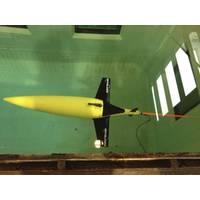
Kongsberg Maritime subsidiary Kongsberg Underwater Technology, Inc. (KUTI) has started full scale production of the innovative KONGSBERG Seaglider Autonomous Underwater Vehicle (AUV) from a new fabrication centre at its facility in Lynnwood, Washington. This follows KUTI’s acquisition of the exclusive license to develop, manufacture and market the innovative Seaglider system from the University of Washington in May 2013. Seaglider was developed at the University of Washington in Seattle with funding from the U.S. Office of Naval Research.